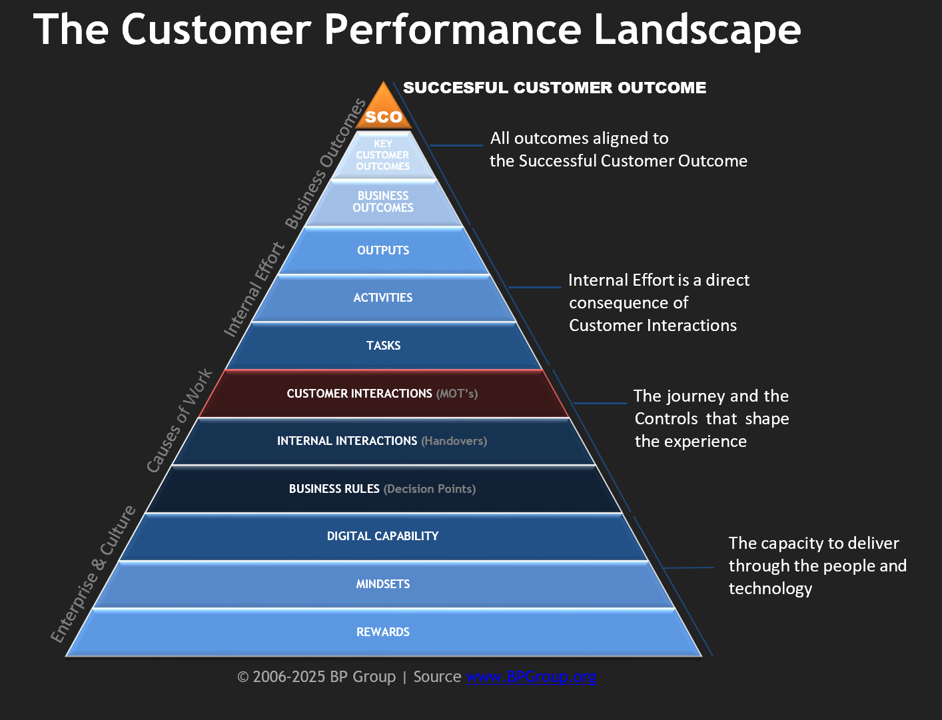The NPS question was first published in 2003. In its original form, it was a simple: “On a scale of 0–10, how likely are you to recommend us to a friend or colleague?” (Reichheld, 2003). The author, Fred Reichheld, boldly proclaimed that his metric, as featured in the Harvard Business Review, could predict growth better than any multitiered survey. Soon, NPS evangelists were stamping their favourite colour onto every dashboard in the office. It was the company truth serum. Customer-centric utopia.

By 2020, Reichheld had largely disavowed his namesake movement. “The score has become a bargaining chip or a daily quota to hit,” he said in an interview (Cassidy, 2020).
“When you chase a number for its own sake, you lose sight of the human connection that score is meant to measure.”
Fred Reichheld
Pros:
- Clear, benchmarkable figure
- Universally understood format
- Easy to correlate with revenue trends
Cons:
- Can be gamed by frontline staff
- Ignores the “why” behind the number
- Encourages superficial fixes over systemic change
Pro tip: Really turn your employees against your metric by mandating that they ask it in transactional ways. Think of in-store signage or when the customer is just leaving. In other words, every opportunity to make the ask seem arbitrary. Every organisation’s behaviour index is somewhere in that neighbourhood.
Despite Reichheld’s very public mea culpa, NPS endures. It is the one number plastered in every boardroom (Keiningham et al., 2014). A metric so beloved that its own father disowned it. And yet, here we are.
References
1. Reichheld, F. (2003). The One Number You Need to Grow. Harvard Business Review. https://hbr.org/2003/12/the-one-number-you-need-to-grow
2. Keiningham, T. L., et al. (2014). A Longitudinal Examination of Net Promoter and Firm Revenue Growth. Journal of Marketing Research. https://journals.sagepub.com/doi/10.1509/jmr.13.0108
Businesses must actively engineer and continuously innovate this experience to drive success. Further, we define success as winning the triple crown: simultaneously growing revenues, Reducing Costs, and Improving Service.

Steve has also published many articles and conference keynotes (see the MOT primer below) reviewing the continued evolution of this fascinating concept.
Join us at a coaching session and become qualified in Customer Centric and Process Transformation https://www.bpgroup.org or visit https://www.stevetowers.com
Definitions
What is a Moment of Truth?
A Moment of Truth is any interaction with the customer within the Customer Experience, first discussed in my 1993 book ‘Business Process Reengineering – A Senior Executive’s Guide‘
Moments of Truth are the cause of all work.
This understanding underpins the CEMMethod, first launched in 2006 and now in version 15. It is the idea that all work an organisation undertakes is, at a fundamental level, caused by Moments of Truth. In principle, everything a company does can and should be linked to a Moment of Truth.

Managing Moments of Truth
Enlightened ‘Outside-In’ organisations actively embrace Moment of Truth Management as an essential strategic and operational necessity to deliver engineered Customer Experiences. How so?
a. Designing for Moments of Truth – The Design-Implementation Gap
Early efforts were geared towards designing optimal Moments of Truth; however, simply mapping customer journeys has never been enough. It is one thing to agree on what a future state customer journey should be; it is entirely another to implement it. This Design-Implementation gap is precisely what kills the majority of Customer Experience initiatives.
b. Implementing optimised Moments of Truth
Successful deployment of innovated Moments of Truth is key to delivering optimal Customer Experiences. The most practical immediate results focus on a rapid rollout across a key experience, using the success of that rollout to validate the smooth rollout across the organisation. Establishing ownership, accountability, metrics, controls and improvement paths are part of this discipline.
c. Operationalising Moments of Truth
Once Moments of Truth have been designed, innovated and implemented into recrafted customer experiences, they need to be actively managed ‘in the moment’ and shared. Every Moment of Truth should feed to a corporate dashboard, with real-time data showing the performance of that MOT and its associated experiences. If things go wrong, the owner should be able to ‘course correct’ and real-time monitor the customer experience delivery.
Imagine a world without customer satisfaction surveys, no need for Net Promoter Scores, no focus groups, and no mystery shopping because you will know how 100% of interactions are performing 100% of the time.
Control and Action combined
The C-suite and leaders will now have a clear line of sight into every corner of the organisation and across the enterprise landscape, in real-time. One version of the data truth (and not all those departmental/divisional versions of reality).
The need for retrospective action evaporates. Immediate and laser-focused control can be maintained, delivering simultaneously enhanced service, lower costs, higher revenues, improved compliance and uber motivated employees.
MOT primer…
Steve Towers
https://www.linkedin.com/in/stevetowers/
Richard Normann – creator of the Moments of Truth concept:
https://en.wikipedia.org/wiki/Richard_Normann
Jan Carlzon – author of ‘Moments of Truth’
https://en.wikipedia.org/wiki/Jan_Carlzon
Moments of Truth 2025 (VIDEO)
https://youtu.be/3mzz_LdgmFY
That Kodak Moment of Truth
https://www.processexcellencenetwork.com/innovation/columns/4-lessons-from-the-kodak-moment-of-truth
Mitch Belsley – Get Scientific about Managing Moments of Truth
http://customerthink.com/get-scientific-about-managing-moments-of-truth/
Accreditation & Certification in CX and Process
https://www.bpgroup.org

